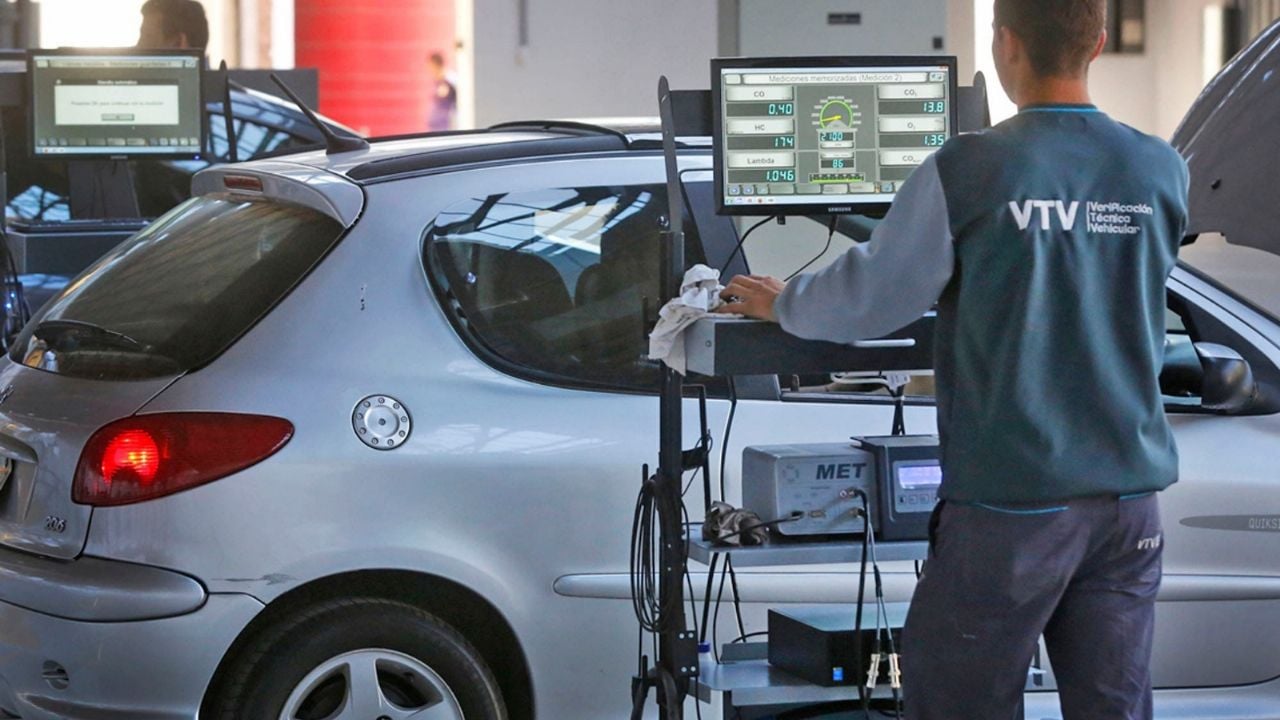The automotive industry Argentina has taken a significant step by joining the Large Investment Incentive Regime (RIGI), although with one peculiarity: this entry is limited to projects related to hybrid and electric models.
This measure, recently published in the Official Gazette, opens new opportunities for the sector and automotive industry in the country, focusing on sustainable mobility and energy transition technologies.
The RIGI is a legal framework designed to encourage investment in strategic sectors of the Argentine economy. Originally, this regime was intended for industries such as forestry, tourism, infrastructure, mining, technology, steel, energy, oil and gas.
However, the inclusion of the Yoautomotive industryalthough limited to sustainable mobility technologies, represents a significant change in the country’s incentive policy. Sustainable mobility has become a global priority due to the need to reduce greenhouse gas emissions and combat climate change.

In this context, hybrid and electric vehicles play a crucial role. Hybrids combine an internal combustion engine with one or more electric motors, allowing for greater energy efficiency and lower emissions.On the other hand, electric vehicles run exclusively on electric power, completely eliminating exhaust emissions.
The inclusion of the automotive industry in the RIGI opens the door to a series of possible investments. Automotive companies will be able to access tax benefits and other incentives to develop and produce hybrid and electric vehicles in Argentina.

Production
This will not only boost local production but also encourage research and development in sustainable mobility technologies. One of the most important challenges for mass adoption of velectric vehicles is the charging infrastructure.
Investments in fast-charging stations and charging points in urban and rural areas will be essential to support the growth of the electric vehicle market. Energy and automotive companies could collaborate on joint projects to develop this infrastructure, ensuring that drivers have access to convenient and efficient charging stations.


















